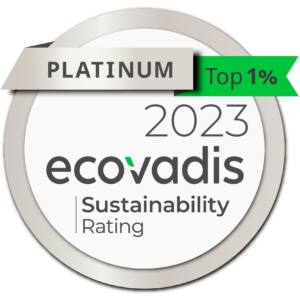our certifications
ISO International Standards ensure that products and services are safe, reliable and of good quality. For business, they are strategic tools that reduce costs by minimizing waste and errors and increasing productivity. They help companies to access new markets, level the playing field for developing countries and facilitate free and fair global trade.
IPACKCHEM’s manufacturing facilities around the globe are already – or in the process of – being certified.
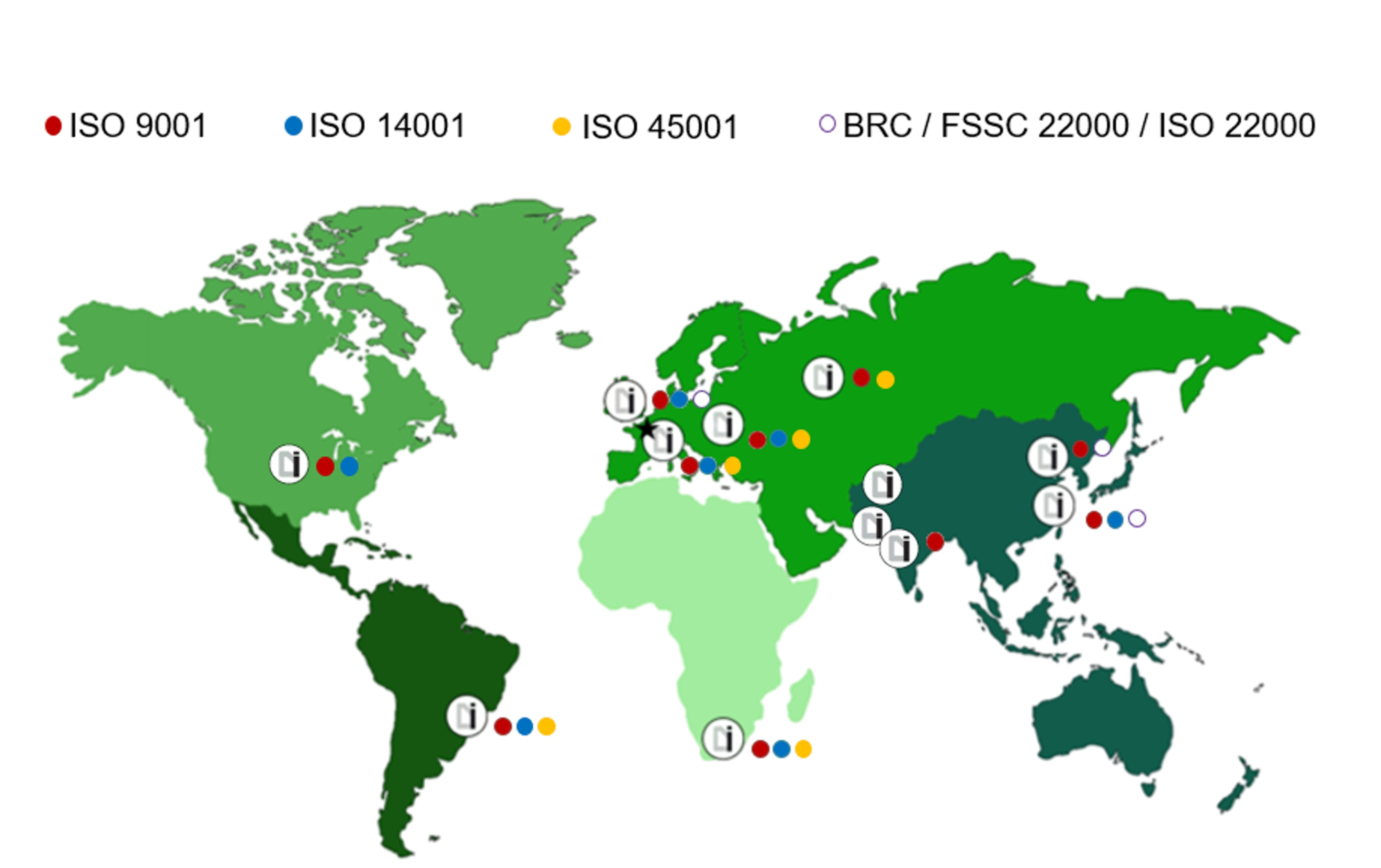
ISO certified manufacturing facilities
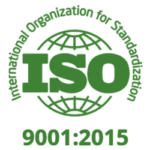
ISO 9001:2015 specifies requirements for a quality management system when an organization:
1) needs to demonstrate its ability to consistently provide products and services that meet customer and applicable statutory and regulatory requirements, and
2) aims to enhance customer satisfaction through the effective application of the system, including processes for improvement of the system and the assurance of conformity to customer and applicable statutory and regulatory requirements.
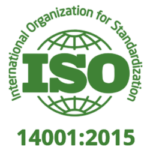
ISO 14001:2015 specifies the requirements for an environmental management system that an organization can use to enhance its environmental performance.
ISO 14001:2015 is intended for use by an organization seeking to manage its environmental responsibilities in a systematic manner that contributes to the environmental pillar of sustainability.
ISO 14001:2015 helps an organization achieve the intended outcomes of its environmental management system, which provide value for the environment, the organization itself and interested parties. Consistent with the organization’s environmental policy, the intended outcomes of an environmental management system include: enhancement of environmental performance; fulfilment of compliance obligations; achievement of environmental objectives.
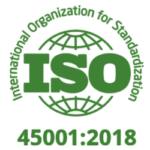
ISO 45001:2018 specifies requirements for an occupational health and safety (OH&S) management system, and gives guidance for its use, to enable organizations to provide safe and healthy workplaces by preventing work-related injury and ill health, as well as by proactively improving its OH&S performance.
ISO 45001:2018 is applicable to any organization that wishes to establish, implement and maintain an OH&S management system to improve occupational health and safety, eliminate hazards and minimize OH&S risks (including system deficiencies), take advantage of OH&S opportunities, and address OH&S management system nonconformities associated with its activities.
ISO 45001:2018 helps an organization to achieve the intended outcomes of its OH&S management system. Consistent with the organization’s OH&S policy, the intended outcomes of an OH&S management system include: continual improvement of OH&S performance; fulfilment of legal requirements and other requirements; achievement of OH&S objectives.

ISO 22000:2018 certification covers all the processes in the food chain that impact the safety of the end product. The standard specifies the requirements for a comprehensive food safety management system, as well as incorporating the elements of Good Manufacturing Practice (GMP) and Hazard Analysis Critical Control Points (HACCP).
ISO 22000:2018 creates a single food safety standard that harmonizes the various national standards into one easy-to-understand set of requirements that are simple to apply and recognized around the world. This internationally recognized food safety standard can be used by all organizations in the food supply chain from farming to food services, processing, transportation and storage through packaging to retail.
ISO International Standards ensure that products and services are safe, reliable and of good quality. For business, they are strategic tools that reduce costs by minimizing waste and errors and increasing productivity. They help companies to access new markets, level the playing field for developing countries and facilitate free and fair global trade.
IPACKCHEM’s manufacturing facilities around the globe are already – or in the process of – being certified.

ISO certified manufacturing facilities

ISO 9001:2015 specifies requirements for a quality management system when an organization: needs to demonstrate its ability to consistently provide products and services that meet customer and applicable statutory and regulatory requirements, and aims to enhance customer satisfaction through the effective application of the system, including processes for improvement of the system and the assurance of conformity to customer and applicable statutory and regulatory requirements.

ISO 14001:2015 specifies the requirements for an environmental management system that an organization can use to enhance its environmental performance. ISO 14001:2015 is intended for use by an organization seeking to manage its environmental responsibilities in a systematic manner that contributes to the environmental pillar of sustainability. ISO 14001:2015 helps an organization achieve the intended outcomes of its environmental management system, which provide value for the environment, the organization itself and interested parties. Consistent with the organization’s environmental policy, the intended outcomes of an environmental management system include: enhancement of environmental performance; fulfilment of compliance obligations; achievement of environmental objectives.

ISO 45001:2018 specifies requirements for an occupational health and safety (OH&S) management system, and gives guidance for its use, to enable organizations to provide safe and healthy workplaces by preventing work-related injury and ill health, as well as by proactively improving its OH&S performance. ISO 45001:2018 is applicable to any organization that wishes to establish, implement and maintain an OH&S management system to improve occupational health and safety, eliminate hazards and minimize OH&S risks (including system deficiencies), take advantage of OH&S opportunities, and address OH&S management system nonconformities associated with its activities. ISO 45001:2018 helps an organization to achieve the intended outcomes of its OH&S management system. Consistent with the organization’s OH&S policy, the intended outcomes of an OH&S management system include: continual improvement of OH&S performance; fulfilment of legal requirements and other requirements; achievement of OH&S objectives.

ISO 22000:2018 certification covers all the processes in the food chain that impact the safety of the end product. The standard specifies the requirements for a comprehensive food safety management system, as well as incorporating the elements of Good Manufacturing Practice (GMP) and Hazard Analysis Critical Control Points (HACCP). ISO 22000:2018 creates a single food safety standard that harmonizes the various national standards into one easy-to-understand set of requirements that are simple to apply and recognized around the world. This internationally recognized food safety standard can be used by all organizations in the food supply chain from farming to food services, processing, transportation and storage through packaging to retail.
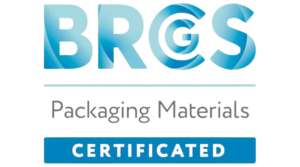
IPACKCHEM UK ltd is BRC certified: Global Standard for Packaging and Packaging Materials
The BRC Global Standard for Packaging and Packaging Materials is a packaging standard for manufacturers and suppliers of packaging for all types of products – from food to consumer products. It is the first packaging standard in the world to be recognised by the Global Food Safety Initiative (GSFI) benchmarking committee, with an extensive scope including product safety as well as product Quality. All certificates are available on request.
IPACKCHEM also operates its Advanced In-Mold Fluorination (A-IMF) in an ISO 8 clean room, allowing the Group to manufacture compliant bottles for the international pharmaceutical standards.
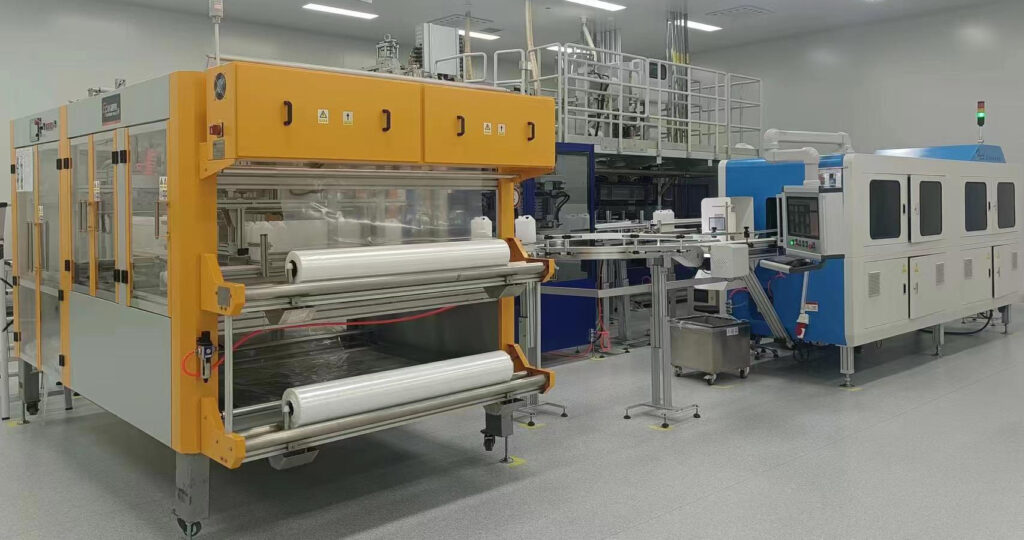
ISO certifications
ISO International Standards ensure that products and services are safe, reliable and of good quality. For business, they are strategic tools that reduce costs by minimizing waste and errors and increasing productivity. They help companies to access new markets, level the playing field for developing countries and facilitate free and fair global trade.
IPACKCHEM’s manufacturing facilities around the globe are already – or in the process of – being certified.

ISO certified manufacturing facilities

ISO 9001:2015 specifies requirements for a quality management system when an organization:
1) needs to demonstrate its ability to consistently provide products and services that meet customer and applicable statutory and regulatory requirements, and
2) aims to enhance customer satisfaction through the effective application of the system, including processes for improvement of the system and the assurance of conformity to customer and applicable statutory and regulatory requirements.

ISO 14001:2015 specifies the requirements for an environmental management system that an organization can use to enhance its environmental performance.
ISO 14001:2015 is intended for use by an organization seeking to manage its environmental responsibilities in a systematic manner that contributes to the environmental pillar of sustainability.
ISO 14001:2015 helps an organization achieve the intended outcomes of its environmental management system, which provide value for the environment, the organization itself and interested parties. Consistent with the organization’s environmental policy, the intended outcomes of an environmental management system include: enhancement of environmental performance; fulfilment of compliance obligations; achievement of environmental objectives.

ISO 45001:2018 specifies requirements for an occupational health and safety (OH&S) management system, and gives guidance for its use, to enable organizations to provide safe and healthy workplaces by preventing work-related injury and ill health, as well as by proactively improving its OH&S performance.
ISO 45001:2018 is applicable to any organization that wishes to establish, implement and maintain an OH&S management system to improve occupational health and safety, eliminate hazards and minimize OH&S risks (including system deficiencies), take advantage of OH&S opportunities, and address OH&S management system nonconformities associated with its activities.
ISO 45001:2018 helps an organization to achieve the intended outcomes of its OH&S management system. Consistent with the organization’s OH&S policy, the intended outcomes of an OH&S management system include: continual improvement of OH&S performance; fulfilment of legal requirements and other requirements; achievement of OH&S objectives.

ISO 22000:2018 certification covers all the processes in the food chain that impact the safety of the end product. The standard specifies the requirements for a comprehensive food safety management system, as well as incorporating the elements of Good Manufacturing Practice (GMP) and Hazard Analysis Critical Control Points (HACCP).
ISO 22000:2018 creates a single food safety standard that harmonizes the various national standards into one easy-to-understand set of requirements that are simple to apply and recognized around the world. This internationally recognized food safety standard can be used by all organizations in the food supply chain from farming to food services, processing, transportation and storage through packaging to retail.
ISO International Standards ensure that products and services are safe, reliable and of good quality. For business, they are strategic tools that reduce costs by minimizing waste and errors and increasing productivity. They help companies to access new markets, level the playing field for developing countries and facilitate free and fair global trade.
IPACKCHEM’s manufacturing facilities around the globe are already – or in the process of – being certified.

ISO certified manufacturing facilities

ISO 9001:2015 specifies requirements for a quality management system when an organization: needs to demonstrate its ability to consistently provide products and services that meet customer and applicable statutory and regulatory requirements, and aims to enhance customer satisfaction through the effective application of the system, including processes for improvement of the system and the assurance of conformity to customer and applicable statutory and regulatory requirements.

ISO 14001:2015 specifies the requirements for an environmental management system that an organization can use to enhance its environmental performance. ISO 14001:2015 is intended for use by an organization seeking to manage its environmental responsibilities in a systematic manner that contributes to the environmental pillar of sustainability. ISO 14001:2015 helps an organization achieve the intended outcomes of its environmental management system, which provide value for the environment, the organization itself and interested parties. Consistent with the organization’s environmental policy, the intended outcomes of an environmental management system include: enhancement of environmental performance; fulfilment of compliance obligations; achievement of environmental objectives.

ISO 45001:2018 specifies requirements for an occupational health and safety (OH&S) management system, and gives guidance for its use, to enable organizations to provide safe and healthy workplaces by preventing work-related injury and ill health, as well as by proactively improving its OH&S performance. ISO 45001:2018 is applicable to any organization that wishes to establish, implement and maintain an OH&S management system to improve occupational health and safety, eliminate hazards and minimize OH&S risks (including system deficiencies), take advantage of OH&S opportunities, and address OH&S management system nonconformities associated with its activities. ISO 45001:2018 helps an organization to achieve the intended outcomes of its OH&S management system. Consistent with the organization’s OH&S policy, the intended outcomes of an OH&S management system include: continual improvement of OH&S performance; fulfilment of legal requirements and other requirements; achievement of OH&S objectives.

ISO 22000:2018 certification covers all the processes in the food chain that impact the safety of the end product. The standard specifies the requirements for a comprehensive food safety management system, as well as incorporating the elements of Good Manufacturing Practice (GMP) and Hazard Analysis Critical Control Points (HACCP). ISO 22000:2018 creates a single food safety standard that harmonizes the various national standards into one easy-to-understand set of requirements that are simple to apply and recognized around the world. This internationally recognized food safety standard can be used by all organizations in the food supply chain from farming to food services, processing, transportation and storage through packaging to retail.
Other certifications

IPACKCHEM UK ltd is BRC certified: Global Standard for Packaging and Packaging Materials
The BRC Global Standard for Packaging and Packaging Materials is a packaging standard for manufacturers and suppliers of packaging for all types of products – from food to consumer products. It is the first packaging standard in the world to be recognised by the Global Food Safety Initiative (GSFI) benchmarking committee, with an extensive scope including product safety as well as product Quality. All certificates are available on request.
Clean room
IPACKCHEM also operates its Advanced In-Mold Fluorination (A-IMF) in an ISO 8 clean room, allowing the Group to manufacture compliant bottles for the international pharmaceutical standards.

Women/Men Equality Index
Check out our Index
Women/Men Equality Index
Companies have been invited to measure their performance in terms of professional equality and to publish the results of their “Women Men equality index” on their website.
This index, expressed as a score out of 100 with a minimum admissible score set by the government of 75 points, is composed of four indicators dealing with:
1. Salary pay difference between Women & Men
2. Proportion of women and men who have been promoted
3. The percentage of women who have been given a raise after returning from maternity leave
4. The number of women and men in the company’s top 10 highest earners
For the year 2021, and as in the previous year, our overall index is INCALCULABLE (calculable indicators represent less than 75 points)
This result can be broken down as follows:
1. Salary pay difference between Women & Men: INCALCULABLE
The reason: All the valid groups represent less than 40% of the workforce.
2. Proportion of women and men increased: 35 points out of 35
3. Of the percentage of women increased on return from maternity leave: INCALCULABLE
The reason: No return from maternity leave during the period.
4. Number of women and men in the top 10 highest paid in the company: 0 points out of 10
We are determined to work on this issue by focusing our actions on the theme of gender diversity in certain sectors and on women’s access to the highest levels of responsibility, and therefore of remuneration, in our company.
We are convinced that gender diversity is a powerful lever for performance and attractiveness. It is our responsibility to continue to promote our businesses to women, particularly in schools, to help our female employees to flourish in the company and to enable them to achieve ambitious career paths.
